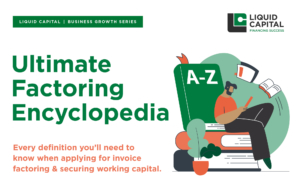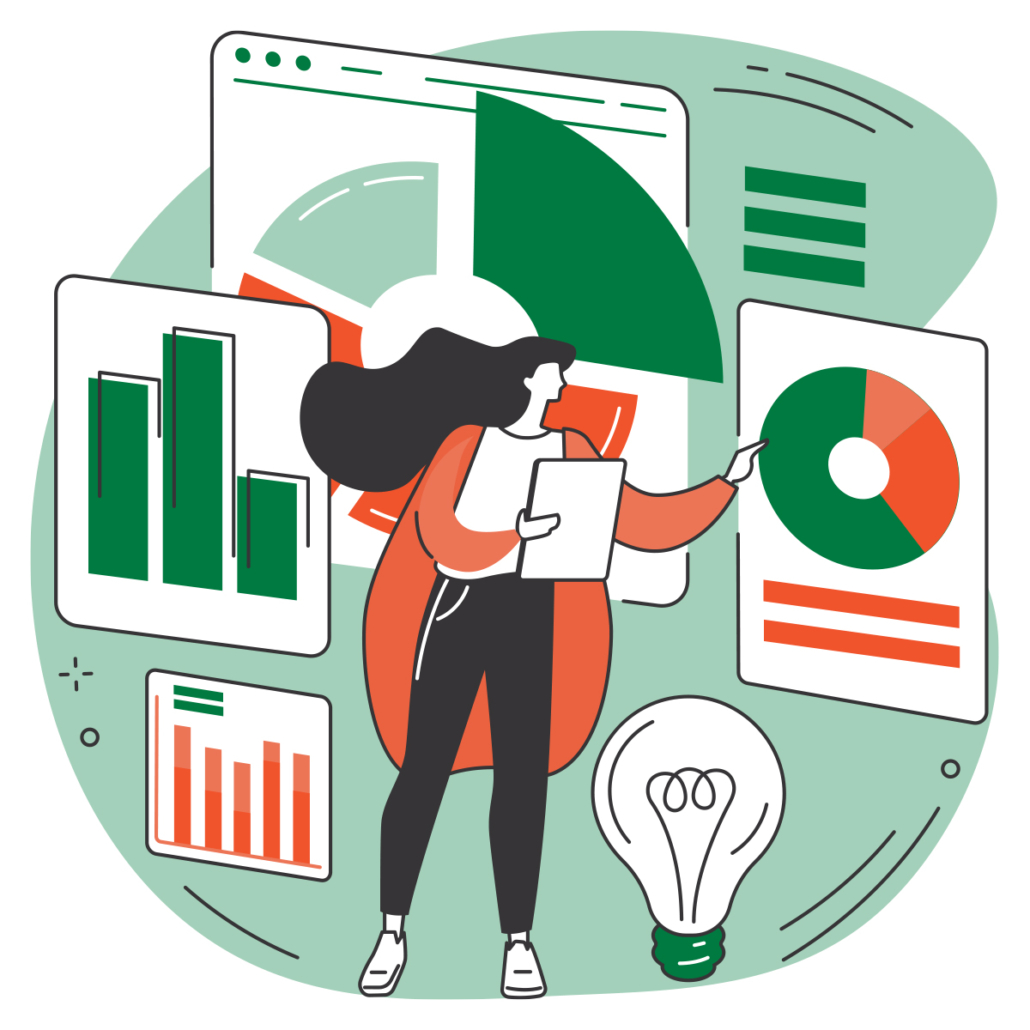Use alternative funding for business growth and reach new heights
Finding funding for business growth isn’t always easy. With invoice factoring, you can use your outstanding A/R to accelerate your cash flow.

For every business, the path to achieving growth and success looks a little different. Whether you’re reaching new heights because you’ve branched out into a new market, increased sales, added a new service or you’ve acquired a new partner, odds are you have a common thread in your journey: the need for working capital.
At some point, you may need to secure funding for your business growth. Traditional funding options are one route, but you may not want to commit to the long terms — or may not meet the bank’s lending criteria.
Using invoice factoring can help accelerate your growth plans no matter how and why you’re expanding your business. Instead of a last resort funding option, it is an important tool for businesses that allows you to benefit from the strength of your customer credit and your accounts receivable.
Here’s a look at how invoice factoring can help you or your client achieve success at any stage of growth:
Organic growth

Many businesses choose to evolve in reaction to organic demand or as new opportunities arise. Perhaps you’re ramping up production or expanding your physical footprint. Maybe you’re improving your internal capacity or processes. While organic growth is often a manageable way for businesses to expand, it often requires capital commitments.
If this is happening while customers aren’t paying their invoices on time (maybe even as late as 90 days), you may be feeling a cash crunch. Invoice factoring is one way to alleviate the strain, turning your near current assets (your invoices) into cash — allowing you to access capital quickly.
When you work with Liquid Capital, you gain more than cash, you gain a strategic partner. Your Liquid Capital Principal acts as a trusted business advisor, providing valuable support, information and advice as you navigate the opportunities and challenges of growing your business.
Strategic growth

Strategic business growth happens when you’re targeting new opportunities for your business, often with your eye on the long-term — whether you’re launching a new product or moving into another market.
For broadcast systems engineering and consulting firm Best Broadcast, a successful launch set the stage for tremendous growth with new business opportunities to work with major companies.
Best Broadcast was suffering a cash crunch and needed funding for its business growth after purchasing an integration company and pivoting into the audiovisual industry.
But this venture came with a number of cash flow challenges. The company struggled with hundreds of thousands of dollars tied up in accounts receivable — as clients often paid invoices at net 60 days. This delay significantly disrupted the cash flow cycle.
Liquid Capital’s invoice factoring services allowed Best Broadcast to alleviate day-to-day working capital concerns. The solution proved to be a more economical option during this growth phase than offering early payment discounts to clients, and helped facilitate Best Broadcast’s strategic evolution.
Growth via merger

Your company might be considering acquiring or partnering with another firm in order to grow. But funding the acquisition may mean seeking a loan from a traditional financial institution or lender, which can be a challenge for some newer businesses.
That’s where invoice factoring shines. Unlike loans, the factoring process doesn’t need to consider how long you’ve been in business, and firms are not required to have detailed financial statements or financial projections in place. Rather, your eligibility for funding depends on the credit-worthiness of your customers and current outstanding accounts receivables.
Accessing working capital via the invoice factoring process also means that as your company grows, your calculation around giving up equity to additional shareholders, looking for new investors or taking on loans from your personal network will change for the better.
Accelerated growth

In some sectors, the timing is right for quick growth to occur because of favorable economic factors, unforeseen market conditions or sudden opportunities. However, you or your client may need to access additional working capital quickly to fund those opportunities.
Perhaps you operate a staffing company and suddenly are presented with the opportunity to take on a new contract, but need to hire new employees to service it. In this case, you may be paying subcontractors or staff biweekly, while waiting 30, 60 or 90 days for your invoices to be paid by your end customer.
Working with an invoice factoring company can give you access to the funds you need now to take on new contracts and increase your payroll.
New opportunities. New heights.
Invoice factoring and alternative funding solutions can help companies that are on a growth trajectory to quickly secure a reliable source of working capital. When you accelerate your cash flow, you’re able to meet your financial obligations, take advantage of new business opportunities and alleviate the stress of ensuring access to working capital.
“Our clients value how we strive to be at the top of our game, giving them the opportunity to grow and prosper. We don’t lock our customers into long-term contracts or exit fees. When they no longer need our services, we simply ask for 30 days notice. We believe in helping our clients grow, wherever that takes them.”















































